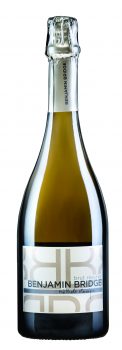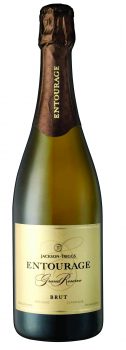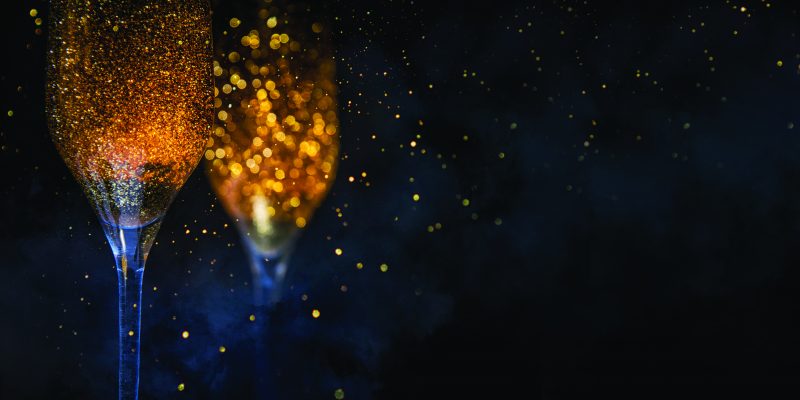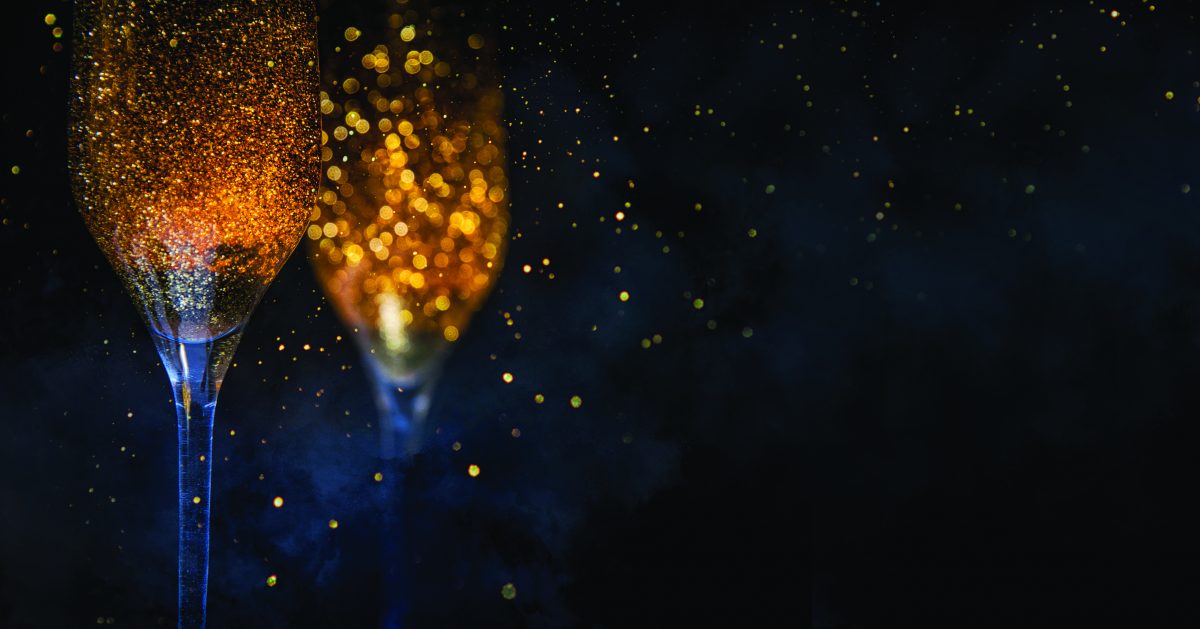By Carmelo Giardina
It’ll soon be 2020 and people the world over are priming up to be in a state of peak party excess. We’ll toast another decade gone and a new one about to begin. Of course, to help wash all of that down will be endless supplies of bubbly.
There’s so much of that stuff going around right now. One used to ‘pop a bottle of Champagne’ (or sparkling wine if made from anywhere other than Champagne, France) during those rare special occasions – New Years eve, weddings, perhaps a very fancy dinner party and of course milestone moments. Now, there doesn’t really need to be a particular occasion, per se, to open a bottle of sparkling. It’s quickly becoming a staple buy whenever alcohol purchases are made.
In fact, one out of every 10 bottles of wine sold globally is sparkling. Winemaking regions all over the world can barely keep up with the demand. In Canada, producers in Ontario, British Columbia, Nova Scotia and Quebec are making sparkling wines on an unprecedented scale. Our own love affair with the bubbles has shown a dramatic shift in sales over the past eight years. Case in point: in 2011, sales of sparkling wine totaled 262 million dollars. It has steadily climbed since then, reaching 441 million in 2018.
Aside from great choices for sparkling coming from France, Spain (Cava) and Italy (Prosecco, Asti), Canada can offer premium wines too. After all, our wine regions share a climate that is ideally suited for making these wines. Grapes are usually picked early because they’re high in acid and low in sugar (the longer they stay on the vine, the sweeter they get). With their required high acidity and low sugar levels, these early-picked grapes produce a wine that would make your face pucker — but that’s what you want in a quality sparkling wine.
Some winemakers here in Canada follow the ‘methode classique’ or traditional method Champagne process of secondary fermentation in the bottle, which requires a process called riddling to remove the dead yeast cells. This is either done by hand or mechanically. It’s that secondary fermentation that provides additional richness and complexity over most other methods.
Others might employ the less costly ‘cuvée close’ or charmat method by which the secondary fermentation is carried out in large stainless-steel tanks and the wine is then drawn off into the bottle under pressure to preserve the mousse.
Most sparkling wines tend to be made from some combination of the trio of Champagne grapes – Pinot Noir, Chardonnay and Pinot Meunier. But this is not always the case. Riesling and sauvignon blanc can make for excellent sparkling, and gamay, merlot and cabernet franc grapes are also joining in the fun – especially for making delicious and refreshing sparkling rosé, which perhaps was once a novelty act but is now definitely here to stay.
The sparkling wine identity gets further reinforced by its parallel reputation as an apéritif. It may seem that only now the wider public are truly embracing its potential; many sommeliers will tell you that sparkling is one of the most flexible wines when it comes to pairing with food. Don’t believe it? Try a blanc de blancs with canapés, followed by a seafood entrée; vintage blanc de noirs with steak and caramelized onions; a rosé with a white-and-dark-chocolate mousse. Yum.
Benjamin Bridge 2012 Brut Reserve Methode Classique ($75)

Ten of Nova Scotia’s 20 wineries are currently making some of the best sparkling wines in the country — witness Benjamin Bridge. Sure, Dom Perignon might be the gold standard when it comes to luxury Champagne, but this beauty of a brut is just as good at a fraction of the price (a bottle of Dom will run you $260 now at the LCBO). And like a vintage Champagne, this is one that will age years if not decades. Right now it’s citrusy and fruity, sharp and cutting. With time, this will become more toasty and complex. Inflated pricing doesn’t always mean better. This is a testament to that.
Steller’s Jay Rosé Sparkling – Methode Classique ($36.70)

Around 100 wineries in British Columbia now make sparkling wines. This selection is made using 70 per cent gamay noir and 30 per cent merlot and if its refreshingly looking pale pink salmon colour doesn’t catch your attention, its lifted aromas of fresh strawberries and cream will. Take a sip and pay attention to how your senses react to strawberry and raspberry flavours and how they dance with balancing crisp acidity and fine bubbles. The persistent mousse in the glass helps coat the mouth with a smooth velvet-like texture. Enjoy with brunch and serve only slightly chilled.
Jackson-Triggs 2015 Entourage Grand Reserve Brut ($29.95)

Ontario is producing more and more sparkling to try and meet demand, but one that has been around for a while now is the Entourage and it continues to be one of the best value sparklings on the market. This is traditional method all the way and explodes with bright lemon acidity that eventually gives in to a full and round creamy texture on the palate. It gets its cool name from the French term en tirage which means to age the wine three years in bottle in order to extract body, flavour and aromatics. And like the name suggests, this is definitely one to share with your special ‘entourage’.
Ruffino Prosecco ($16.95)

Italian prosecco sales are booming and most sparkling wine consumers know of this particular brand. Excellent value aside, it’s one of the most popular sparkling wine choices for Canadians. Made using the charmat method – which helps preserve the character of the grapes – it is crisp, clean and pleasingly delicate on the palate with its soft bubbles and intense flavours of apple, peach and floral notes. The mere 11 per cent alcohol content makes this an easy sipping pre-dinner apéritif. For the exact same price, try the very refreshing Ruffino sparkling rosé!

